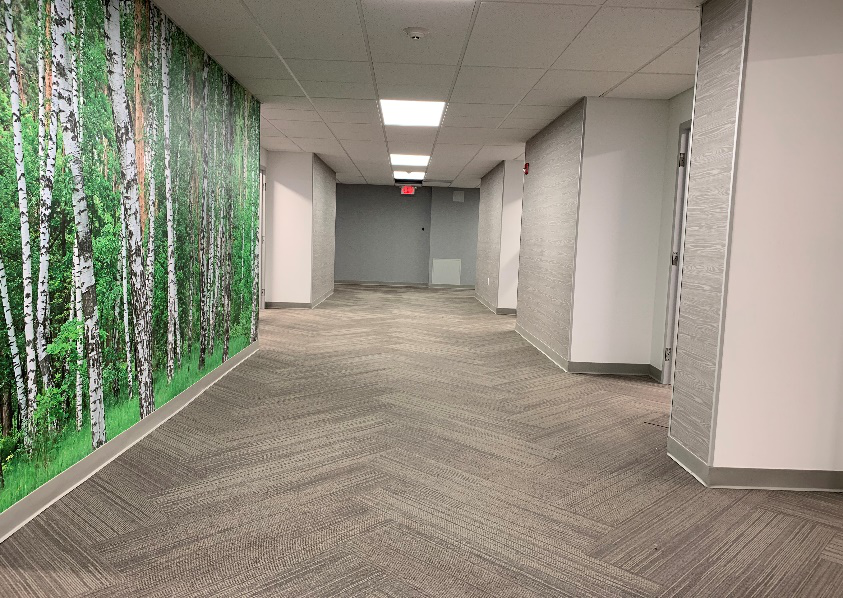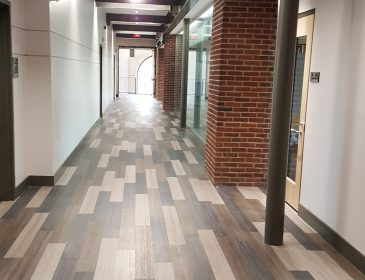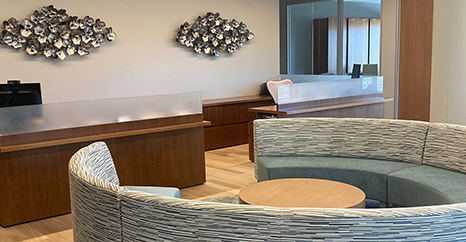What is biophilia?
biophilia – noun; bio·phil·ia: “love of life;” our innate need to connect with nature. Immersing ourselves in nature has proven biological and emotional benefits.
Biophilic design is an emerging and extremely effective trend in school design. In a nutshell, learning environments are inspired by nature, but the benefits they derive are broader and far reaching.
It is proven that connecting with nature has biological and emotional benefits. What if our school buildings could do the same?
- 5 – 18% increase in test scores*
- 20 – 26% faster learning rates*
When we incorporate nature into our surroundings, students are happier, and they perform better. Simple. However, today’s students spend more time inside then all previous generations, thus, biophilic design is in greater need now to help foster a balance.
Green spaces boost students’ cognitive, social and physical development in many ways:
- Stress reduction (decreases heart rate and blood pressure)
- Better concentration and recall
- Stronger motor skills
- Higher self-esteem
- Better overall academic performance
- More positive feelings about fellow students
- More regular attendance
- Reduced bullying
There are many ways to bring nature into your space: some are tactile, and some are subconscious. TeamPAR is educated and skilled in helping you derive this benefit for your population. It is not a checklist of items, but an approach to creating positive results.
- Environmental Features: water, sunlight, fire, views of the outdoors, plants and use of natural materials (stone, a tree converted into timber)
- Natural Shapes: botanical motifs, animal motifs, shells, organic shapes, arches, domes, and vaults.
- Natural Patterns: use of patina, scale and ratio of patterns, transitional spaces with sensory variability, use of functional replicas of nests, vines, coral reefs, trees, and eggs.
- Light & Space: natural light, filtered and diffused light, light pools, spatial harmony, spaciousness, and inside-outside spaces.
Here are two ways TeamPAR has incorporated biophilic design into windowless corridors of academic buildings:
Biophilia layers these concepts: nature imagery, materials inspired by nature, and layouts that mimic natural landscapes.
From murals to floor patterns,
to wood grain wallcoverings to water features,
to natural light or following the evolution of plant life in the classroom,
biophilic design is all around us providing benefits. Let TeamPAR help you derive a plan to effect change for your students.
(*as published by Interface)




